America is home to an array of spiders, and while most are harmless, some pack a venomous punch that demands respect. Explore the fascinating world of arachnids as we delve into the most venomous spiders found in the United States, shedding light on their characteristics, habitats, and the impact of their bites.
1. Brown Recluse Spider (Loxosceles reclusa):
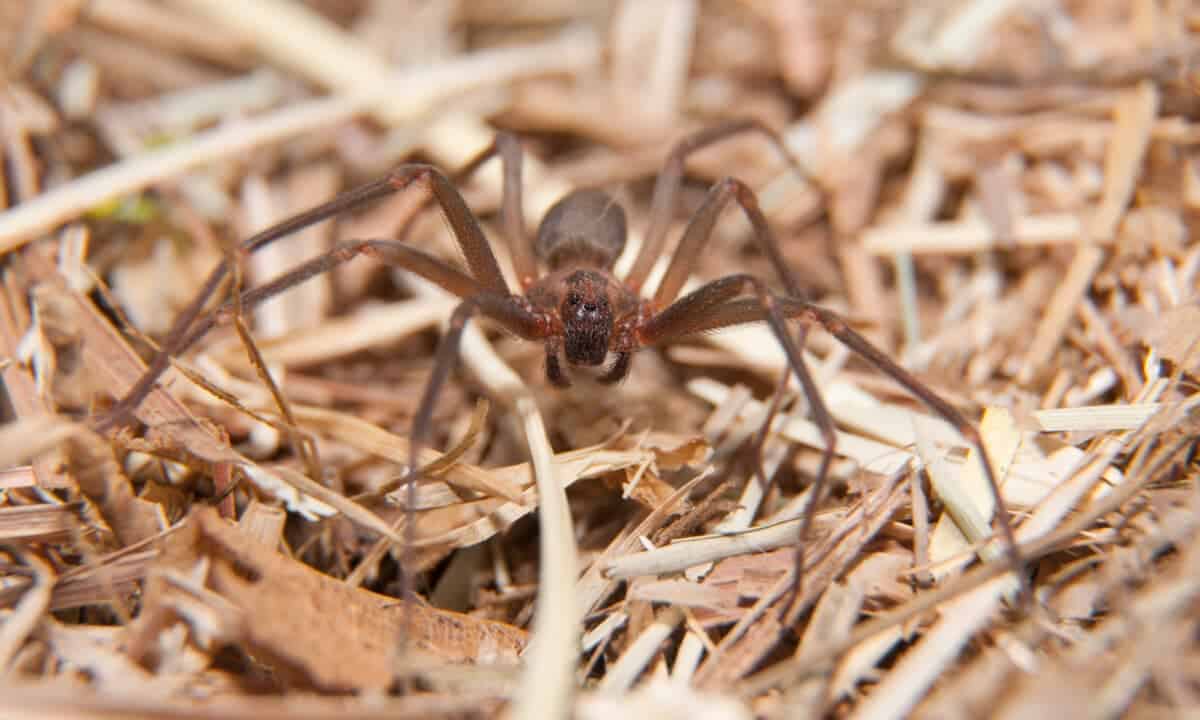
Characteristics
Recognized by a distinctive violin-shaped mark on its cephalothorax, the Brown Recluse is small and usually light to medium brown.
Habitat
Commonly found in dark, secluded areas such as closets, attics, and basements.
Bite Effects
While bites are generally mild, some can lead to necrotic skin lesions and, in rare cases, systemic reactions.
2. Black Widow Spider (Latrodectus spp.):
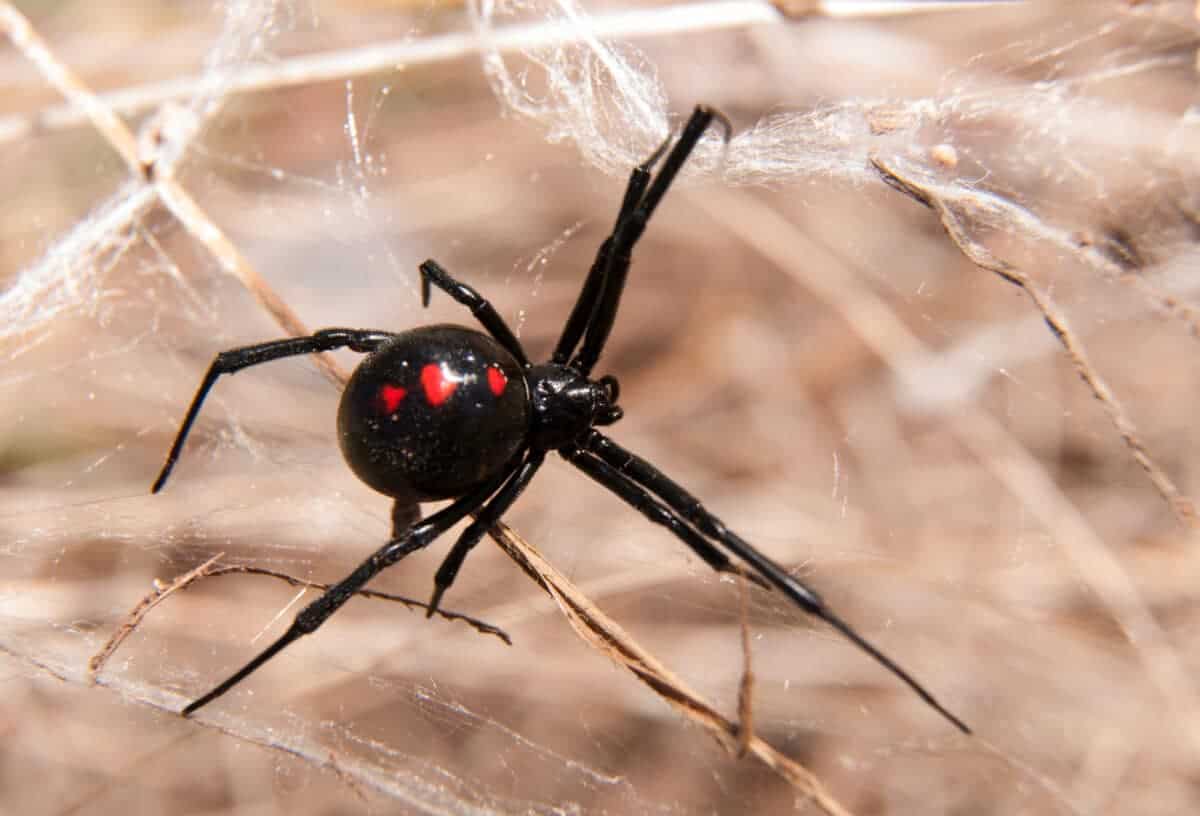
Characteristics
Identified by a glossy black color and a red hourglass shape on the abdomen, Black Widows are notorious for their potent venom.
Habitat
Found in dark, sheltered locations like woodpiles, garages, and outdoor structures.
Bite Effects
Symptoms range from muscle pain and cramping to severe abdominal pain, but fatalities are rare.
Check out: Largest Golden Eagle Ever Recorded.
3. Hobo Spider (Eratigena agrestis):
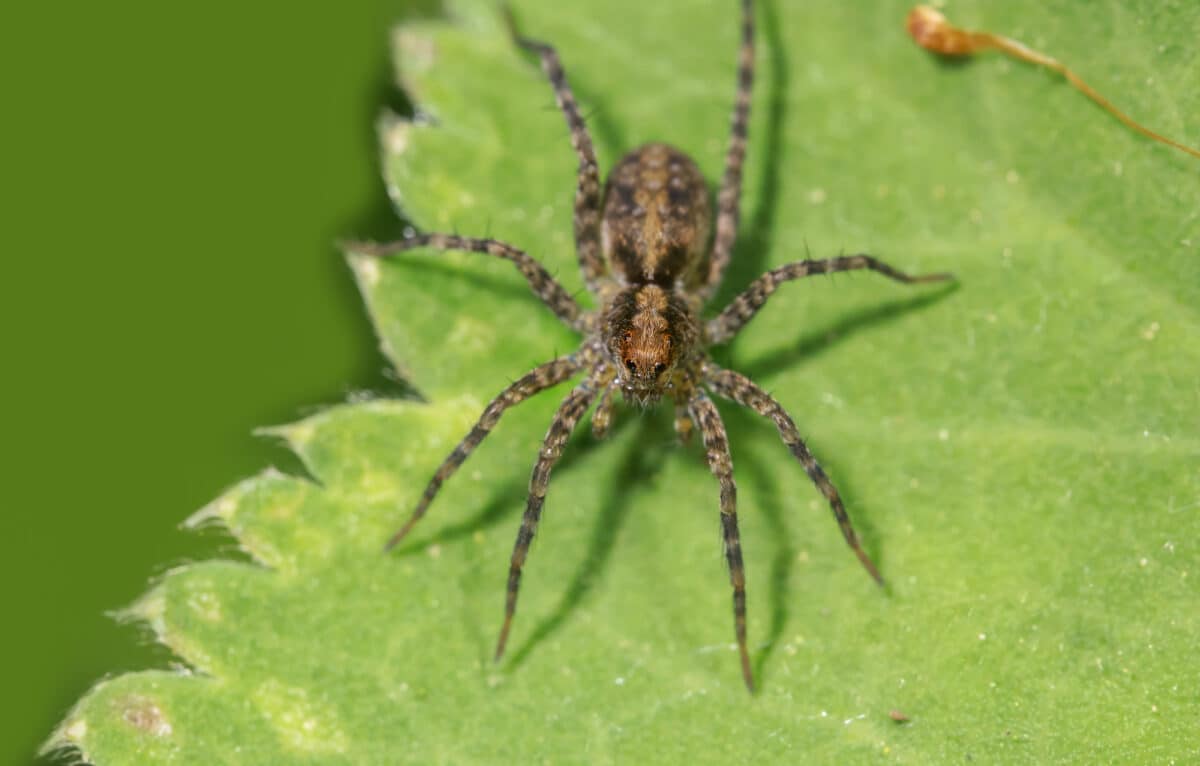
Characteristics
Hobo Spiders have a funnel-shaped web and a distinctive chevron pattern on their abdomen.
Habitat
Typically found in and around human structures, creating webs in corners and crevices.
Bite Effects
While once considered highly venomous, recent studies suggest their bites may cause mild necrotic wounds but are not as severe as previously thought.
Check out: Eagle Attempts To Snatch Up 8 Year Old Girl.
4. Mouse Spider (Scotophaeus blackwalli):
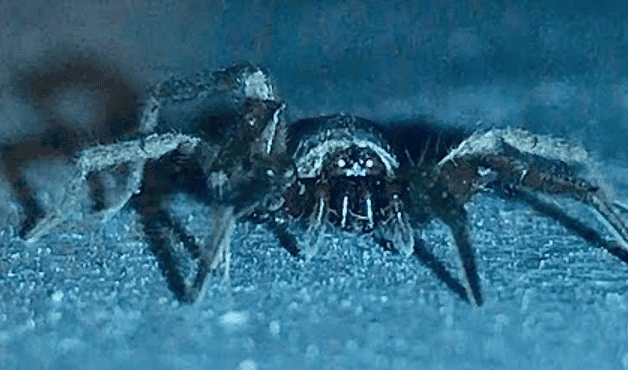
Characteristics
Mouse Spiders are dark brown or black, often resembling small tarantulas.
Habitat
They prefer underground burrows, gardens, and grassy areas.
Bite Effects
Bites may cause localized pain and swelling, but severe symptoms are rare.
5. Sac Spider (Cheiracanthium spp.):
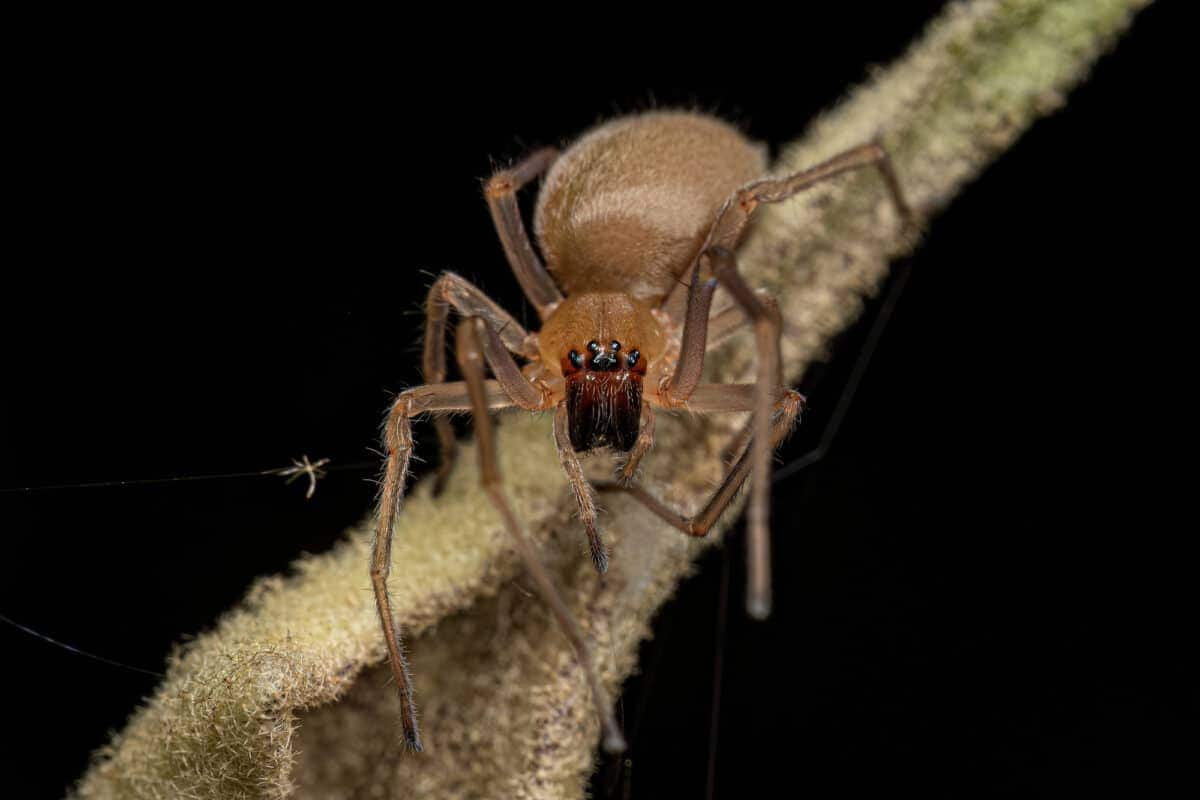
Characteristics
Sac Spiders are pale yellow to light brown, and their bites are often mistaken for Brown Recluse bites.
Habitat
Found in sac-like retreats in vegetation, under bark, or in homes.
Bite Effects
Bites may cause localized pain, redness, and swelling, but severe reactions are uncommon.
6. Funnel-Web Spider (Agelenidae family):
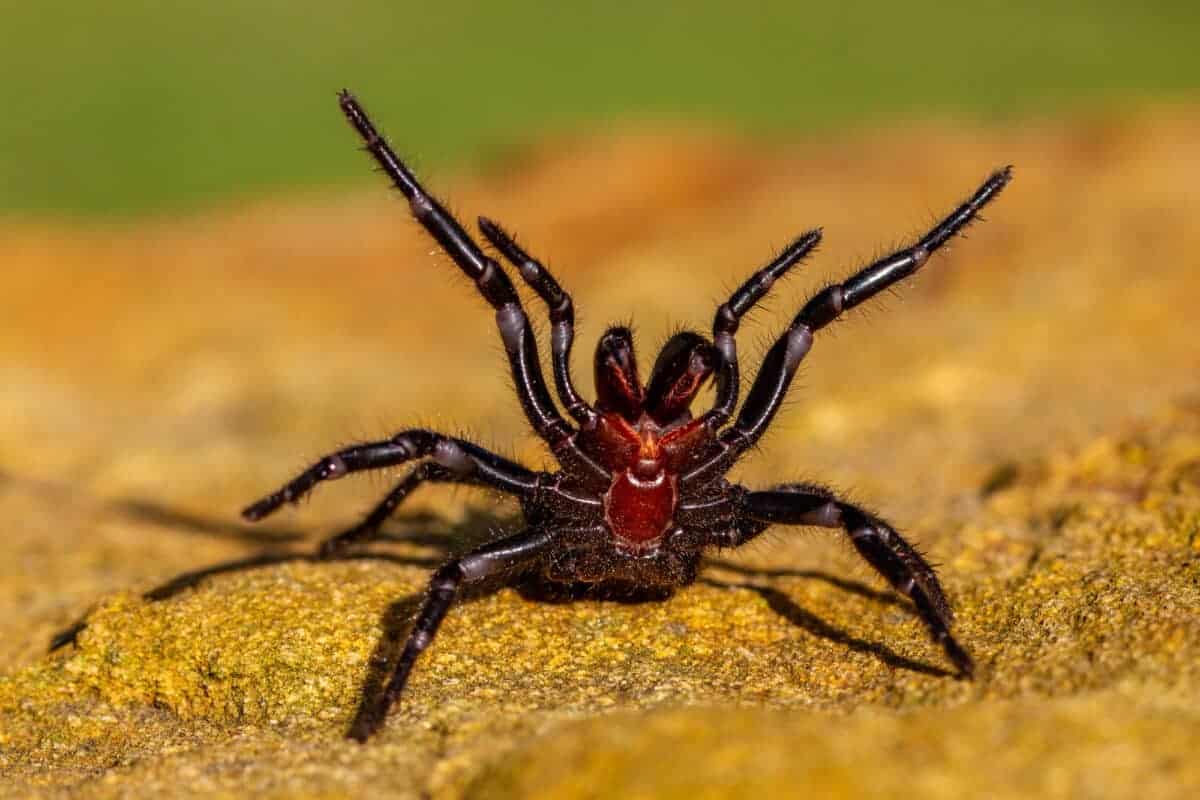
Characteristics
Funnel-Web Spiders construct funnel-shaped webs and have elongated bodies.
Habitat
They are commonly found in grassy areas, gardens, and shrubs.
Bite Effects
Bites are typically mild, causing localized pain and swelling.
7. Wolf Spider (Lycosidae family):
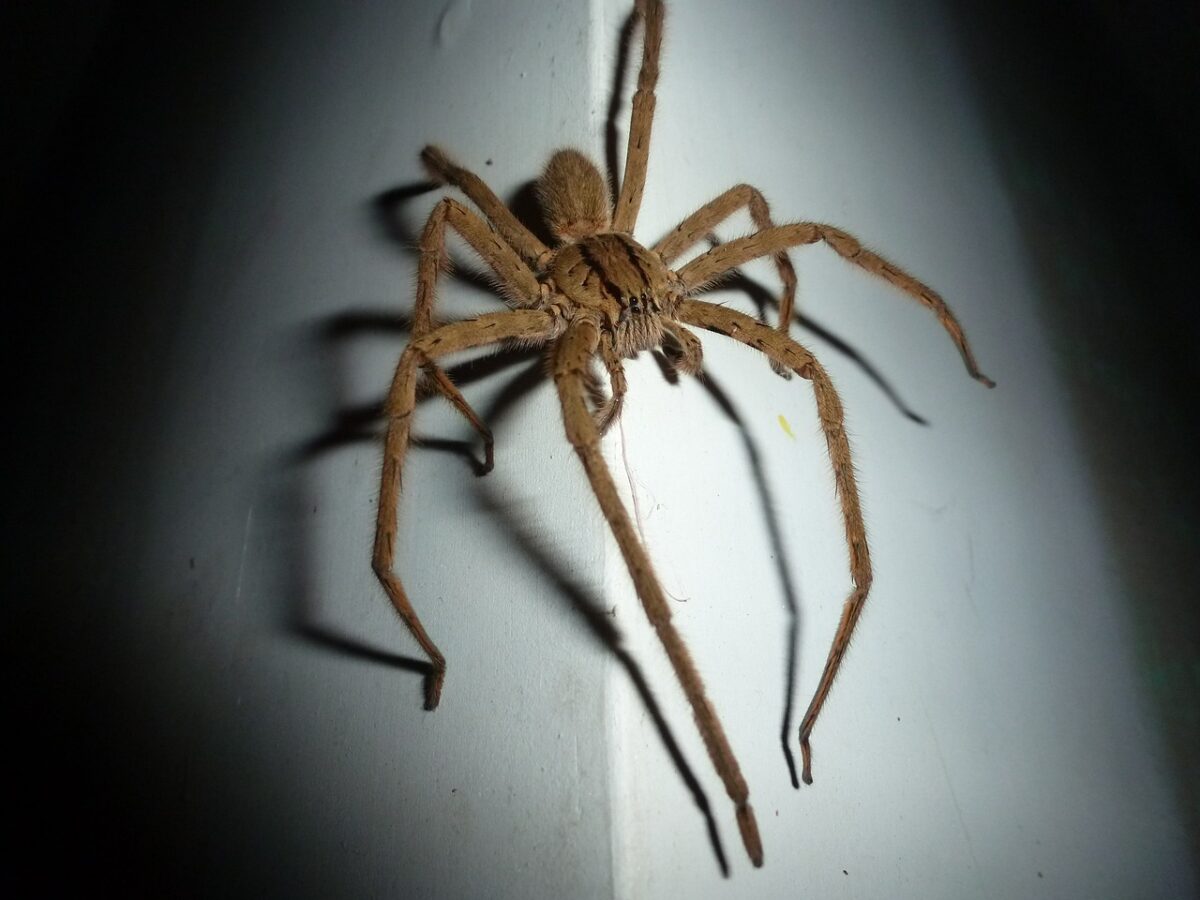
Characteristics
Wolf Spiders are robust, agile hunters with excellent eyesight.
Habitat
They inhabit a variety of environments, from grasslands to forests.
Bite Effects
Bites are generally not considered dangerous, causing mild pain and swelling.
8. Yellow Sac Spider (Cheiracanthium inclusum):
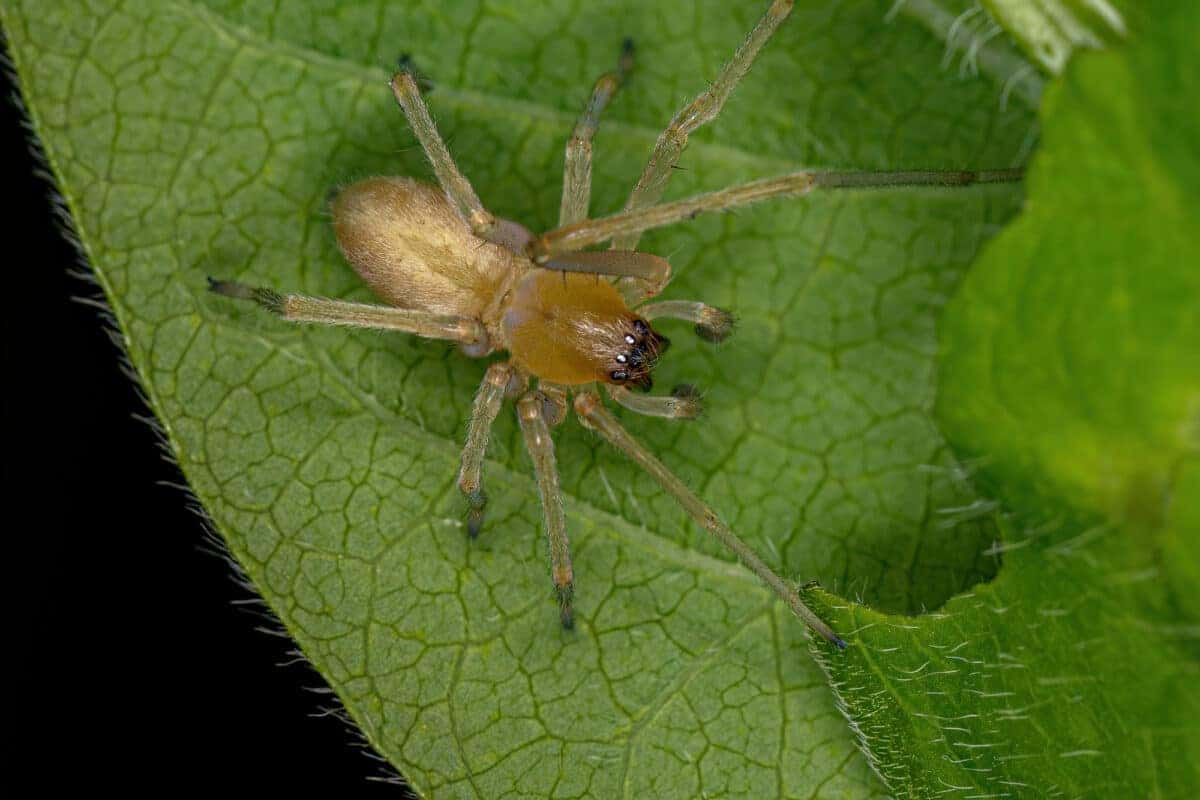
Characteristics
Yellow Sac Spiders are pale yellow to light green, with an elongated body.
Habitat
They are commonly found indoors, building silken sacs for shelter.
Bite Effects
Bites may cause localized pain and redness, but severe reactions are uncommon.
Bottom Line
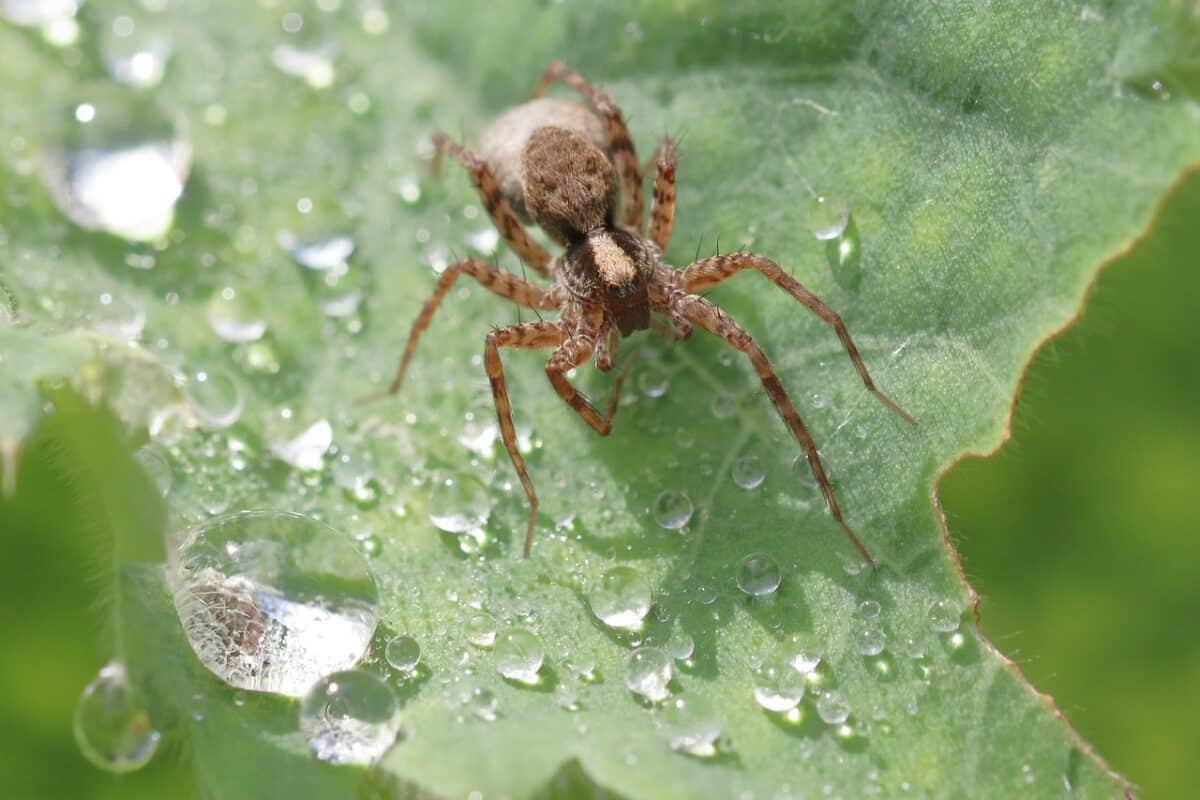
While these spiders are considered venomous, it’s essential to note that bites are typically rare, and severe reactions are even more uncommon. Understanding the characteristics and habitats of these arachnids empowers individuals to coexist with them safely. If bitten, seeking medical attention is advised, especially in the case of severe symptoms or uncertainty about the spider’s identity.
Thanks for reading along! For more, check out our related article links below.
Next up:
Join our Forum for free today!

- Why Do Zebras Have Stripes - July 23, 2024
- Huge Pet Bison Breaks Into House - July 22, 2024
- Brave Man Plays Instrument While Huge Bear Caresses His Shoulder - July 22, 2024

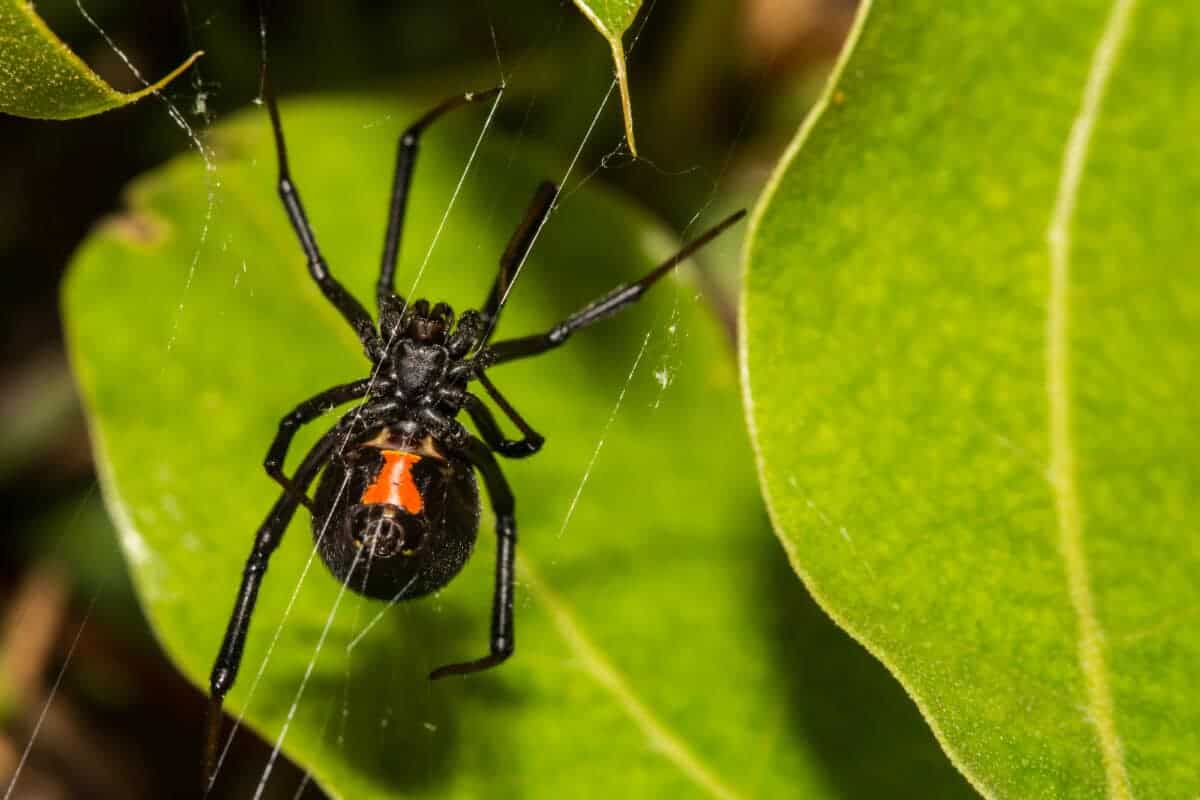
reviews of Ketokandies Plus
Friday 26th of January 2024
I just like the helpful information you provide in your articles